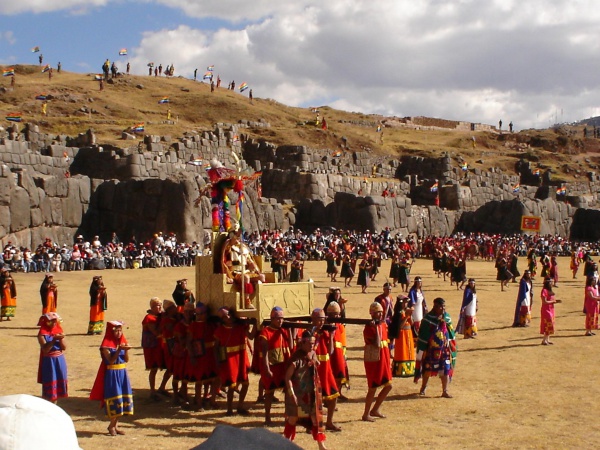Facts About Inti Raymi
The Inti Raymi is a vibrant traditional ceremony from the Inca Empire, dedicated to Inti, the sun god and the most revered deity in Inca religion. This celebration marks the winter solstice, the shortest day of the year, and heralds the beginning of longer days. Traditionally held on June 24th, it was one of the most significant events in Inca culture, originally taking place in Cusco's main plaza.
The ceremony was instituted by Sapa Inca Pachacuti to celebrate the Andean New Year and the mythical origins of the Inca people. Spanning nine days, the festivities included lively dances, grand processions, and animal sacrifices to honor Pachamama (Mother Earth) and ensure a bountiful harvest.
The first Inti Raymi was celebrated in 1412, and the last one with an Inca Emperor presiding occurred in 1535, before Spanish colonizers banned such religious practices. In 1944, a historical reconstruction of the Inti Raymi was spearheaded by Faustino Espinoza Navarro. Using chronicles by Garcilaso de la Vega, indigenous actors revived the ceremony. Since then, an annual theatrical representation has been held at Saksaywaman, drawing crowds of tourists and locals alike.
Today, Inti Raymi is celebrated by various Andean indigenous communities. The festivities are filled with music, colorful costumes (including the iconic aya huma mask), and communal feasting. In some regions, the celebration has even merged with Western Catholic festivals, such as the feast of Saint John the Baptist, which coincides with the southern winter solstice.

 Chile
Chile